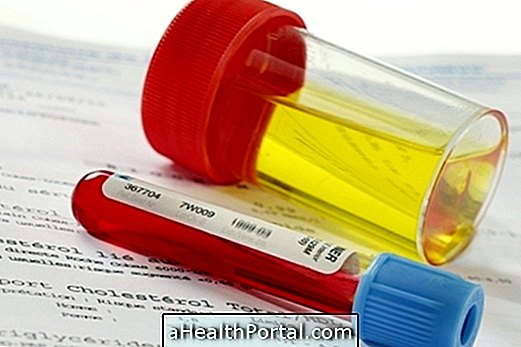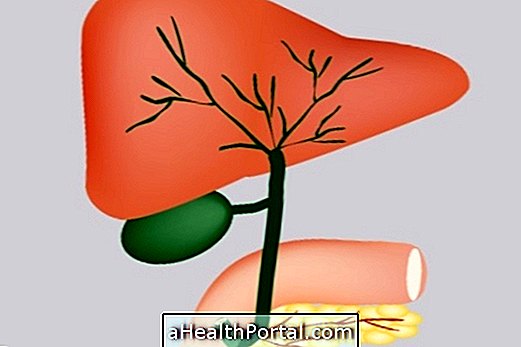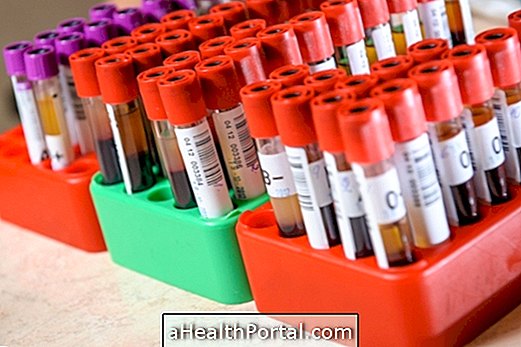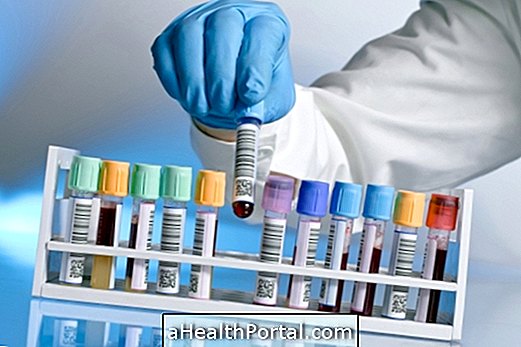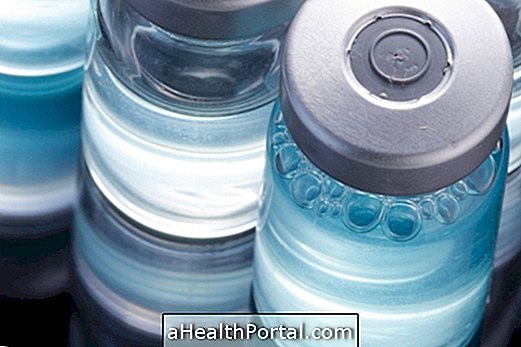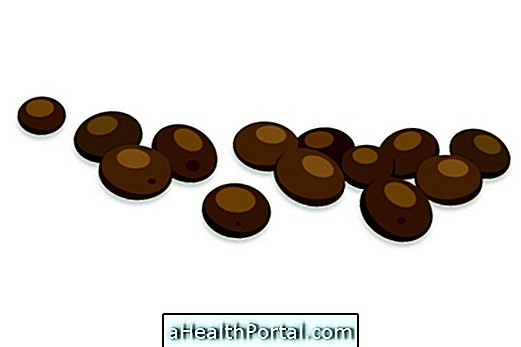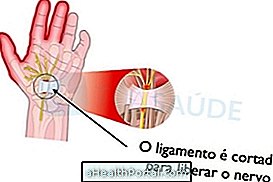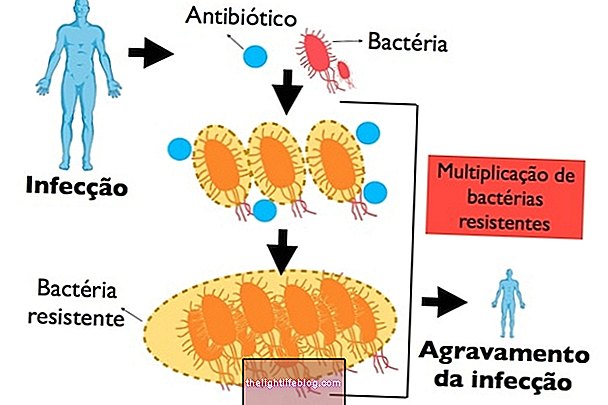PSA, known as Prostate Specific Antigen, can be evaluated through a simple blood test done in the laboratory and used to diagnose prostate changes such as prostatitis, benign prostatic hypertrophy or prostate cancer, for example.
Generally, healthy subjects have total PSA values below 4 ng / ml, however this value may be altered or slightly increased with age, with the individual's origin and with the laboratory where the analysis was made and does not mean in all cases that the individual has prostate cancer.
However, in the case of prostate cancer, the PSA value may also remain normal and, therefore, the suspicion of cancer should always be confirmed with other diagnostic tests, such as rectal examination, MRI and biopsy.
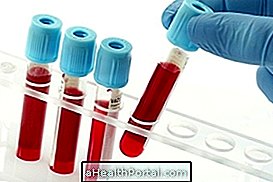

Total PSA exam values
Generally, when an individual has a total PSA value greater than 4.0 ng / ml it is recommended to repeat the test to confirm the value and, if it is maintained, it is essential to do other tests to confirm the diagnosis and identify the cause.
In most cases, the higher the total PSA value is, the higher the prostate cancer is suspected and therefore, when the value is greater than 10 ng / ml the chances of developing prostate cancer is 50%. The value of PSA can vary with ethnicity, age and the laboratory where the examination is done, as can be seen in the table.
| Age | Normal Values for White Individuals | Normal Values for Black Individuals | Normal Values for Yellow Individuals |
| 40 to 49 years | from 0.0 to 2.5 ng / ml | and 0.0 to 2 ng / ml | from 0.0 to 2 ng / ml |
| 50 to 59 years | 0.0 to 3.5 ng / ml | from 0.0 to 4 ng / ml | from 0.0 to 3 ng / ml |
| 60 to 69 years | 0.0 to 4.5 ng / ml | 0.0 to 4.5 ng / ml | from 0.0 to 4 ng / ml |
| 70 to 79 years | 0.0 to 6.5 ng / ml | from 0.0 to 5.5 ng / ml |
from 0.0 to 5 ng / ml |
However, in some cases the individual with a PSA of 2 ng / ml and with rectal nodes has a higher risk of having prostatic cancer than the individual who has only the highest value without changes in rectal touch and in patients young, usually the normal limit value of 2.5g / ml.
When to take the Free PSA exam
Generally, when the patient has a total PSA between 2.0 and 10 ng / ml the urologist indicates that the test is performed at free PSA because there are high chances of developing prostate carcinoma.
Thus, when the ratio of free to total PSA is greater than 25%, the patient is usually developing benign conditions such as benign prostatic hypertrophy or urinary tract infection and is treated with antibiotics.
However, when the ratio between these two values is less than 10%, it is likely to have prostate cancer, and the lower the value the greater the chance, and it is necessary to undergo surgery, and in some cases radiotherapy and chemotherapy.
Density and velocity of PSA
The urologist can also assess the density and velocity of PSA, and the higher the PSA density, the greater the suspicion of prostate cancer, and if the PSA rate increases by more than 0.75 ng / ml per year or increase very quickly it is vital to repeat the tests as it may indicate cancer.
What can cause increased PSA
Several situations can cause the increase of the PSA value, such as:
- Inflammation of the prostate, known as acute or chronic prostatitis;
- Urinary or genital infection;
- Acute urinary retention;
- Benign hypertrophy of the prostate, known as BPH;
- Performing medical procedures, such as cystoscopy, rectal examination, biopsy, prostate surgery or trans-urethral prostate resection;
- Prostate cancer.
In addition to these more common causes, increasing age, riding a bike and taking some medications such as male hormones like testosterone can lead to increased PSA.
Usually the PSA blood test is indicated by the urologist in case of urinary changes, during treatment for prostate cancer and after surgery and in all men at least once a year from the age of 45 years.
